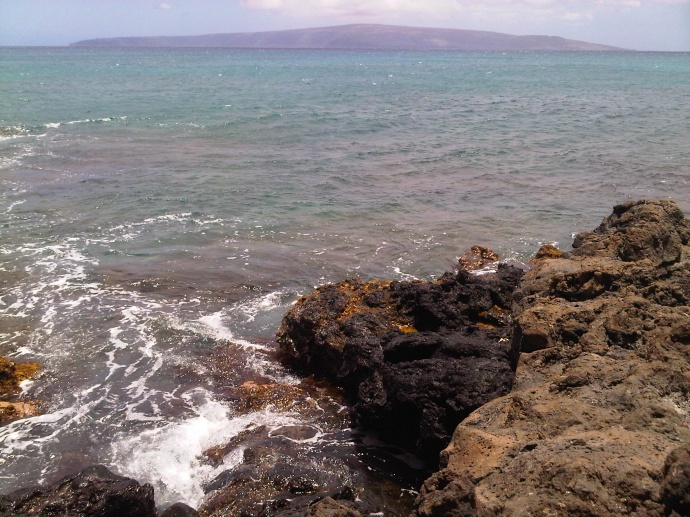Plan Combats Pollutants Along Coral Reef in Ka’anapali
By Wendy Osher
The National Oceanic and Atmospheric Association unveiled a plan today that addresses the loss of coral reef along the Ka’anapali coast in West Maui. According to NOAA, nearly one-quarter of all living corals along the Ka’anapali coast, have been lost in the last 13 years.
The voluntary comprehensive management plan to combat pollutant damage to coral includes proposed actions for the government, private sector, and community members to help reverse coral loss.
Upon release of the plan, Tova Callender, West Maui Watershed and Coastal Management coordinator, said everyone has a role to play in reviving West Maui reefs. “Simple actions like conserving water, not pouring chemicals down the drain, and keeping debris and soil out of storm drains, can reduce the pollutants flowing into the sea and help our coral reefs,” Callender said.
The plan is the first in the state to comprehensively address how runoff is affecting reef health, and is focused on the Wahikuli and Honokowai watersheds.
“A big part of the problem is what is flowing off the land into the sea,” said Kathy Chaston, the project manager with NOAA’s Coral Reef Conservation Program. “Our team looked ‘mauka’–inland–to identify major pollutant types and their sources, and then developed actions to reduce them.”
NOAA officials say a study conducted in 2004 by the Pacific Science journal indicates that Hawaiian coral reefs provide social, cultural, economic, and ecological services estimated to be worth as much as $364 million each year to the state’s economy.
Healthy coral reefs are among the most biologically diverse and economically valuable ecosystems on earth, according to NOAA officials.
Coral ecosystems are valued as a source of food for millions. According to NOAA, the reef protects coastlines from storms and erosion; provides habitat, spawning and nursery grounds for economically important fish species; provides jobs and income to local economies from fishing, recreation, and tourism; are a source of new medicines; and are hotspots of marine biodiversity.
They also are of great cultural importance in many regions around the world, particularly Polynesia.
Several activities are planned for this year beginning with a workshop to design and install a rain garden at Wahikuli Wayside Park in March. Agricultural road improvements, gulch stabilization and post-fire rehabilitation planning will also begin this year with funding from Hawaii’s Division of Aquatic Resources and the state Department of Health.
NOAA officials say the goal is to implement priority projects within five years.











